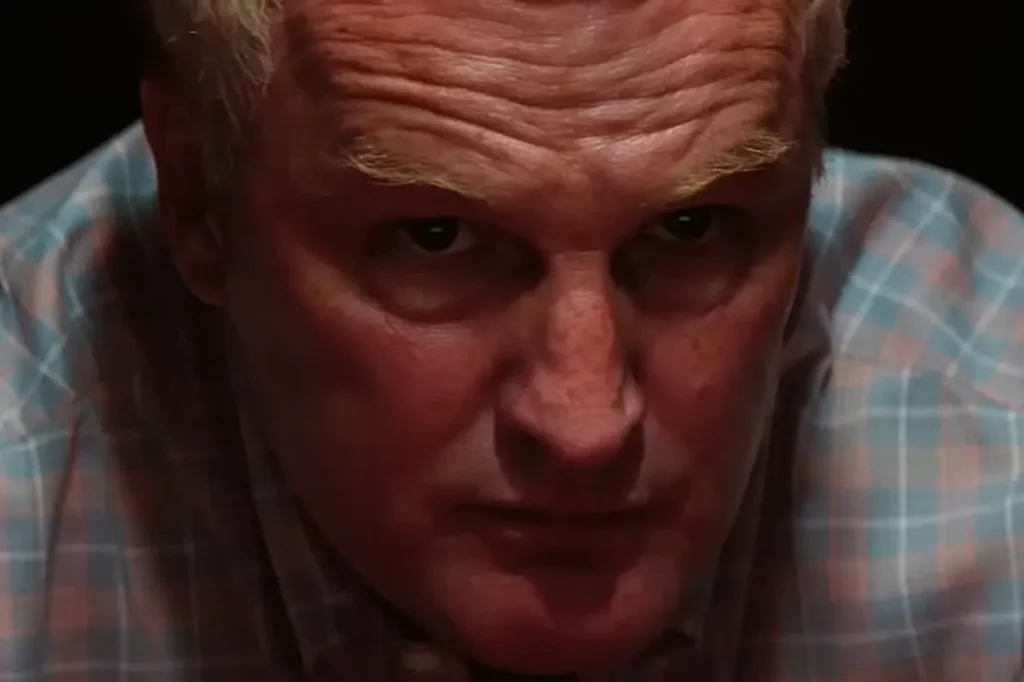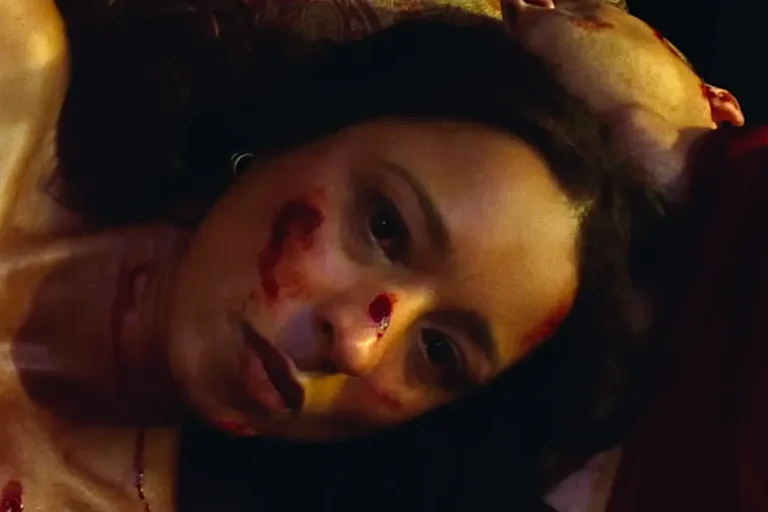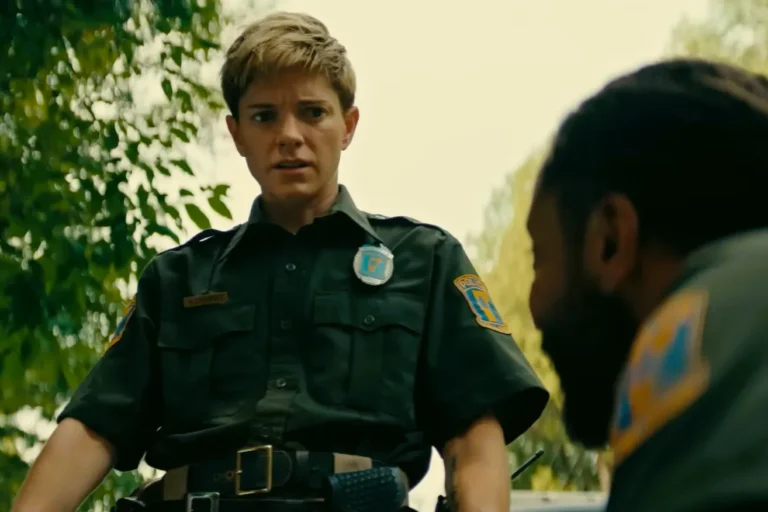Summary:
-
Guillermo del Toro’s Frankenstein reframes Mary Shelley’s tale as a tragic father-and-son drama rather than a straight shock-horror story.
-
The film debuted at major festivals, opened in select theaters Oct. 17, 2025, and streams on Netflix starting Nov. 7, 2025.
-
Oscar Isaac plays Victor Frankenstein and Jacob Elordi plays the Creature; the movie runs roughly 149 minutes and focuses on guilt, responsibility, and empathy.
Guillermo del Toro’s Frankenstein recasts the classic as a sweeping, emotionally driven epic that trades cheap scares for moral weight. The film follows Victor Frankenstein (Oscar Isaac) and his creation (Jacob Elordi) through a cycle of ambition, rejection, and grief, closing with an ending that emphasizes reconciliation, consequence, and an uncertain but not entirely hopeless future for the Creature. This piece breaks down that ending and explains how del Toro updates the novel for a modern audience.
What Is the Frankenstein Ending?
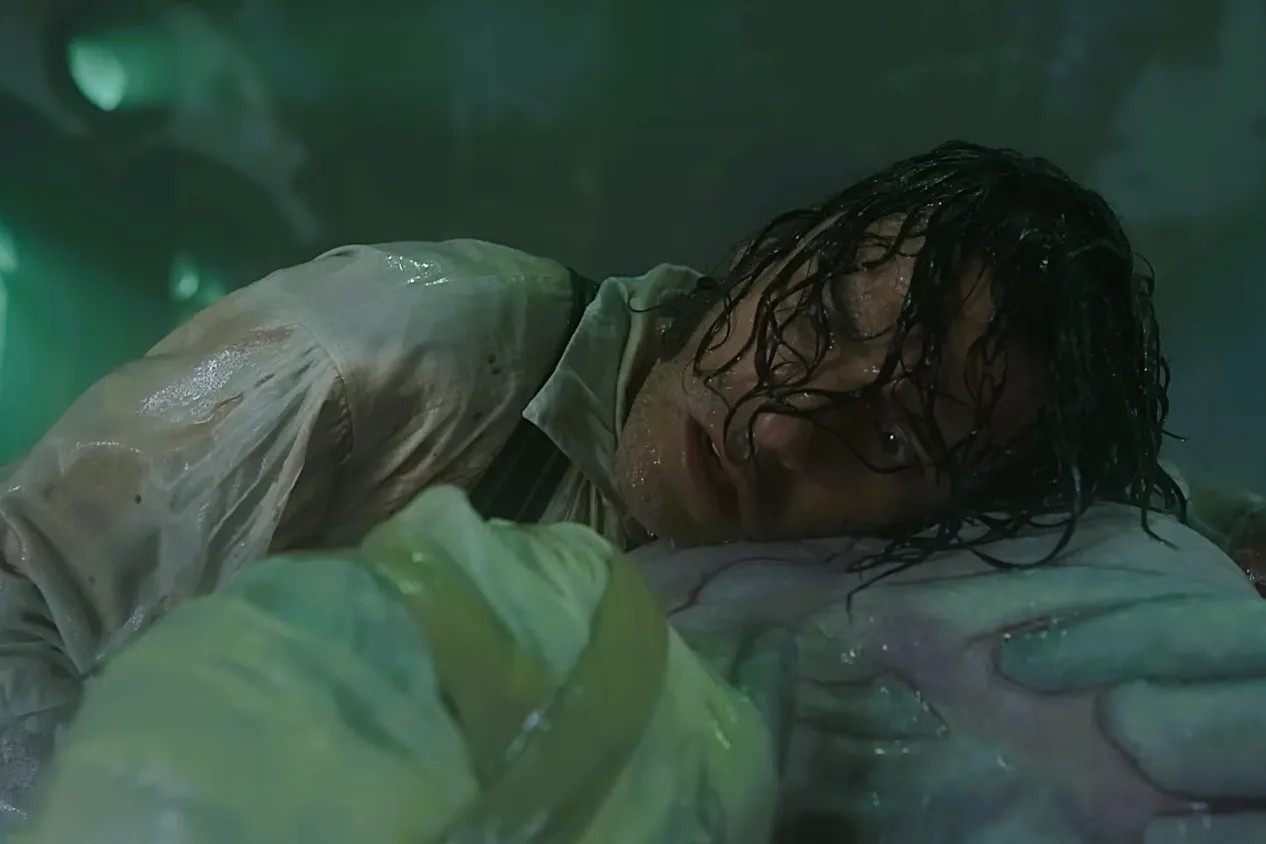
Del Toro’s final act shifts the novel’s bleak resignation into a more ambiguous, human conclusion. In the film, Victor Frankenstein’s arc moves from arrogance and obsession to recognition and remorse. After a string of deaths connected to his experiments and the personal costs that follow Victor ultimately admits his failings. On his deathbed he asks his creation for forgiveness and receives it, an emotional reversal that lets Victor die with a measure of contrition rather than unrepentant pride. That exchange changes the tonal endpoint from Shelley’s bleak moral of self-destruction to a quieter, bittersweet note of human closure.
For the Creature, del Toro keeps one of Shelley’s central ideas that monstrosity is granted by how others treat you but shifts the outcome. The film gives the Creature an advanced healing factor as a narrative device, so he cannot simply follow the novel’s suicidal ending. Instead, the Creature survives Victor’s death and faces a future that’s left deliberately open. The movie ends on a suggestion of possibility: freed from the immediate cycle of vengeance, the Creature has an ambiguous chance at some kind of life beyond the creator’s shadow. That tonal pivot transforms Shelley’s cautionary tale into a study of responsibility, empathy, and what it means to be human.
READ MORE: Why Guillermo del Toro Says Frankenstein Isn’t a Horror Movie?
How Does Guillermo del Toro Update Frankenstein?
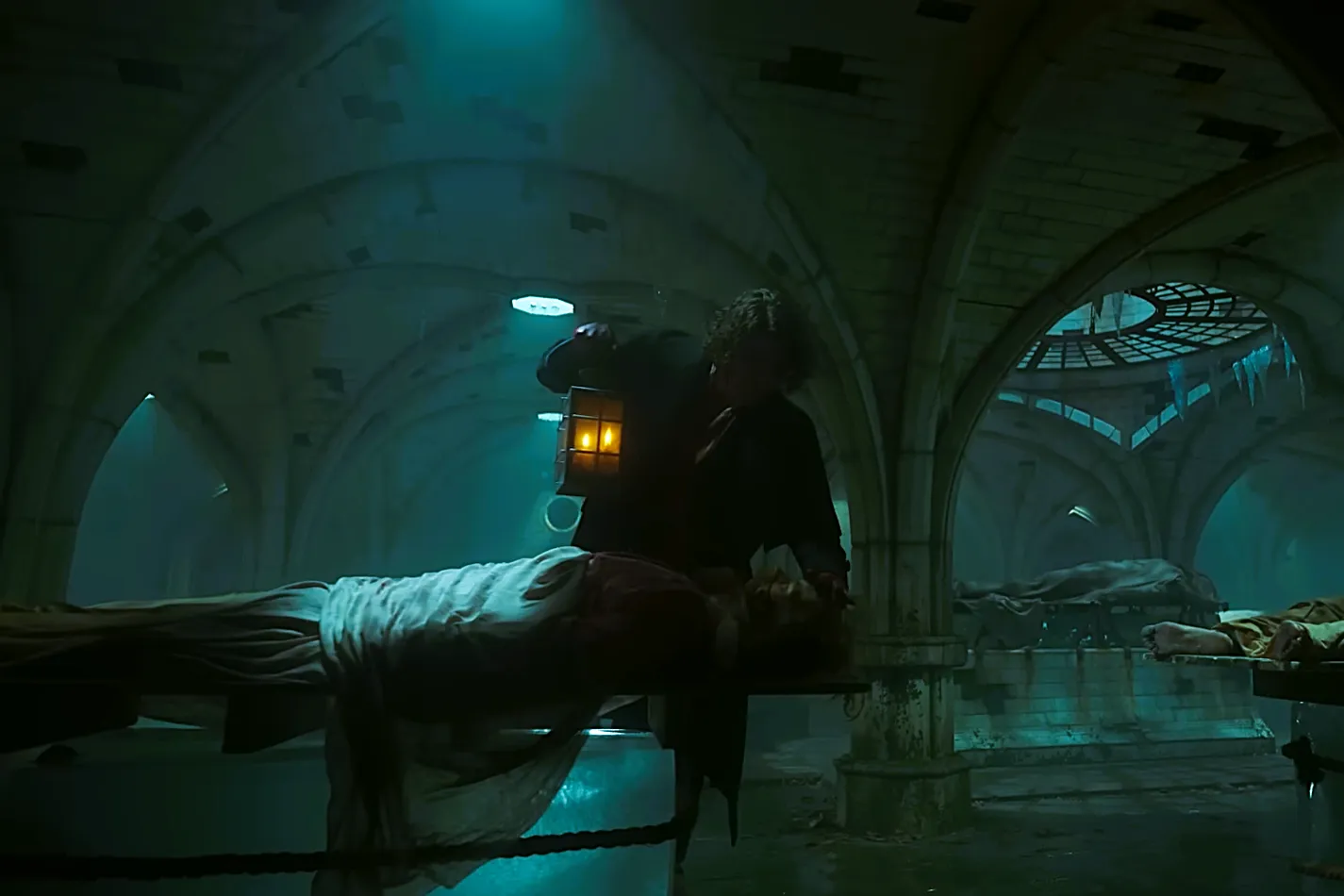
Del Toro’s updates are structural and thematic. First, he centers Victor more explicitly as the fallen figure whose ego and cruelty catalyze tragedy. The film underscores Victor’s emotional brutality toward family, friends, and his creation making him the moral failing at the heart of the story. That approach reframes the Creature not merely as a monster but as the moral mirror who exposes Victor’s true monstrosity. Reviews from festival screenings highlight this inversion: the creator becomes the cautionary example, the creation the sympathetic conscience.
Second, del Toro leans into relational drama. Where many adaptations treat Frankenstein as a science-versus-hubris story, del Toro emphasizes fathers, sons, and legacy. The Creature’s rapport with Elizabeth and his brief, tragic romance are foregrounded to humanize him further; Elizabeth becomes an emotional anchor whose fate escalates Victor’s downfall and catalyzes the Creature’s more violent responses. These character choices deepen the emotional stakes and make the ending feel earned rather than purely symbolic.
Third, the film uses strong visual symbolism notably the recurring angel motif to track Victor’s moral descent. The angel appears initially as an emblem of guidance and then, peeled back, as an omen of decay: a mask removed to reveal a skeletal presence. That visual throughline mirrors Victor’s transformation from promising scientist to an instrument of death, which culminates in the film’s finale where the physical ruin of his lab and the deaths that accumulate are the tangible cost of his hubris. These cinematic choices steer the audience toward the film’s thematic center at the close: accountability, not spectacle.
READ MORE: Black Phone 2 Ending Explained: What Really Happens?
A handful of sequences set the stage for the final reconciliation: the Creature’s bond with a kindly blind man (which teaches him language and empathy), Victor’s violent denials and lies after failures, and the Creature’s growing capacity for tenderness (especially toward Elizabeth). Each beat reframes the Creature’s monstrous acts as reactionary and moralizable rather than senseless. The accumulation of those scenes primes the audience for a resolution in which Victor must reckon with the human consequences of his intellectual arrogance, leading to the deathbed admission and the Creature’s ambiguous emancipation. Critics at Venice and Toronto picked up on these narrative threads as core drivers of the film’s emotional payoff.
Does the Ending Change the Novel’s Moral?
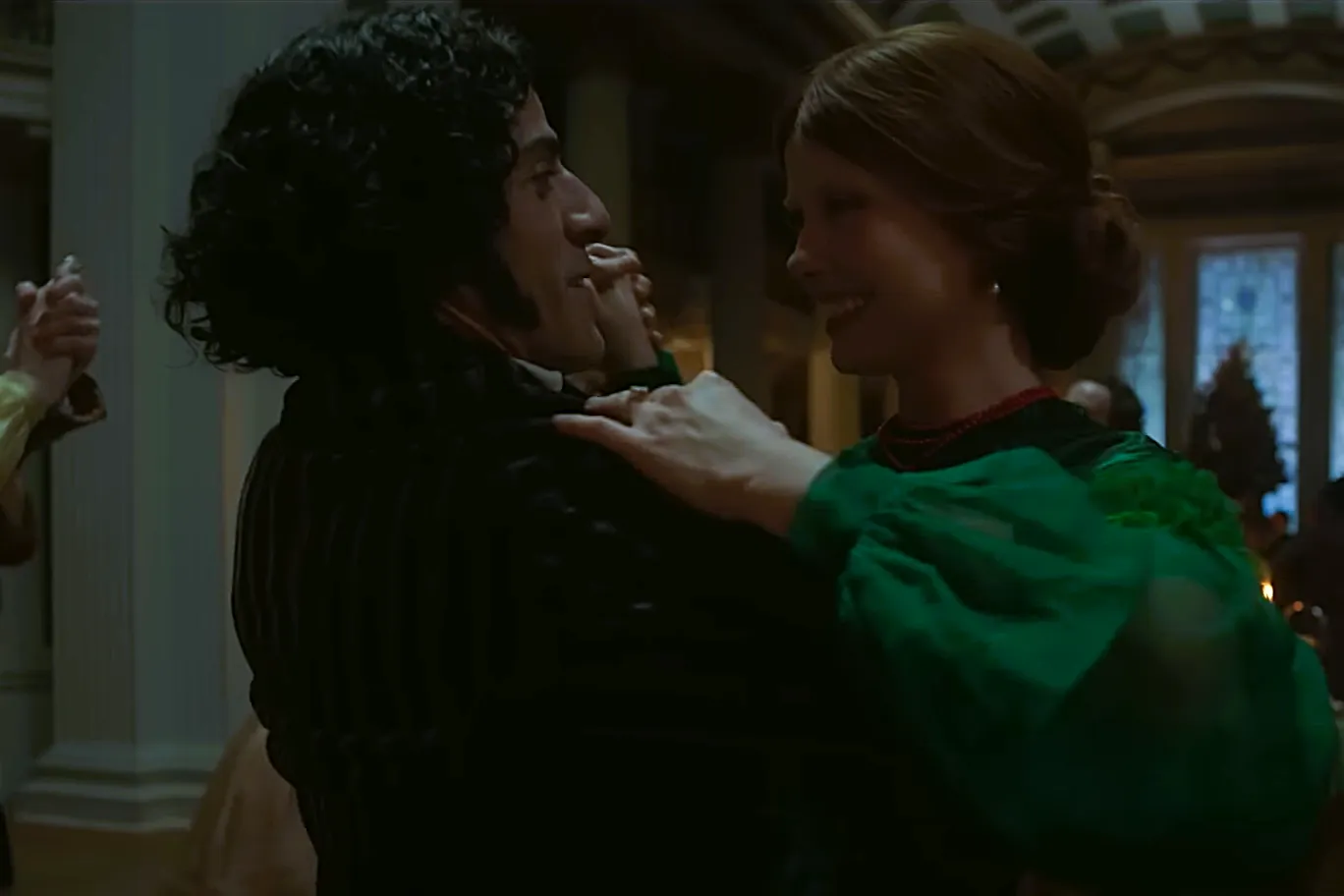
Yes, subtly but significantly. Shelley’s novel ends as an admonition about unchecked ambition and the self-destructive consequences of playing God; the Creature concludes that only by erasing himself can the world be freed from the suffering he causes. Del Toro preserves the warning about hubris but softens the resolution: instead of self-annihilation, the Creature’s survival suggests that empathy and accountability can open different outcomes. The movie therefore reframes the moral from fatalism to moral responsibility tempered by the possibility however fraught of redemption. That reinterpretation is the film’s core update for contemporary audiences.
Oscar Isaac’s Victor and Jacob Elordi’s Creature anchor the emotional credibility of the finale. Early reviews singled out Elordi’s performance as giving the Creature a surprising depth that makes the final, non-final fate feel earned. Isaac’s portrayal of Victor’s fall from hubris to remorse supplies the last act with necessary human weight: his admission of guilt reads as an authentic personal reckoning rather than a contrived plot device. That combination allows the film’s closing beats a plea for forgiveness, the Creature’s reaction, and the image of a lonely survivor to land with clarity and pathos.
Del Toro’s production design, practical effects, and pacing all contribute to the finale’s tonal clarity. The film’s long runtime (about 149 minutes) gives scenes space to develop, avoiding rushed resolution and letting character transformations register. Practical creature work and painterly sets keep the film tactile and grounded, which makes the quiet, moral ending feel consistent with the film’s physical world rather than tacked on. Reviewers singled out the film’s visual craft as a reason the ending registers emotionally rather than melodramatically.
READ MORE: Where Will Julia Robert’s After the Hunt Stream?
Release and Streaming Details
Frankenstein premiered at major festivals (including Venice on Aug. 30 and Toronto) before a limited theatrical release beginning Oct. 17, 2025. Netflix lists the global streaming date as Nov. 7, 2025, when the film becomes available to the service’s subscribers. The official runtime is reported at roughly 149 minutes. These dates and specs have been confirmed by Netflix and festival coverage.
Stay updated with the Latest News and Stories, follow us on our social media platforms.
You can follow us on:
Stay Connected!! Join our Whatsapp Channel





